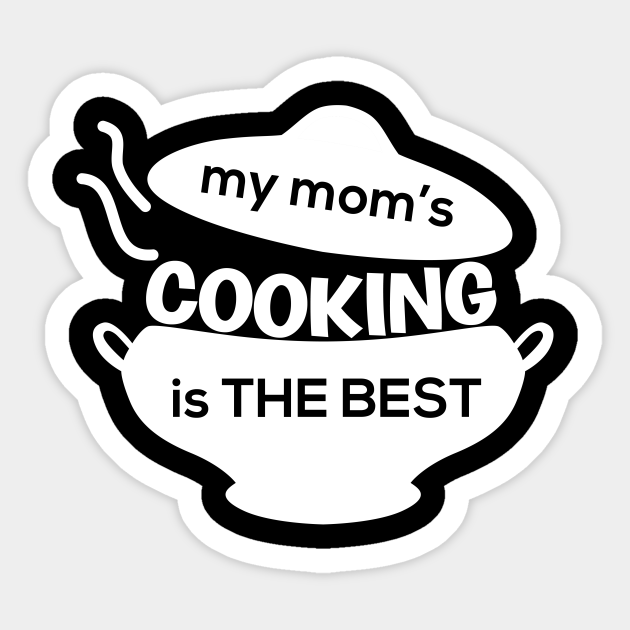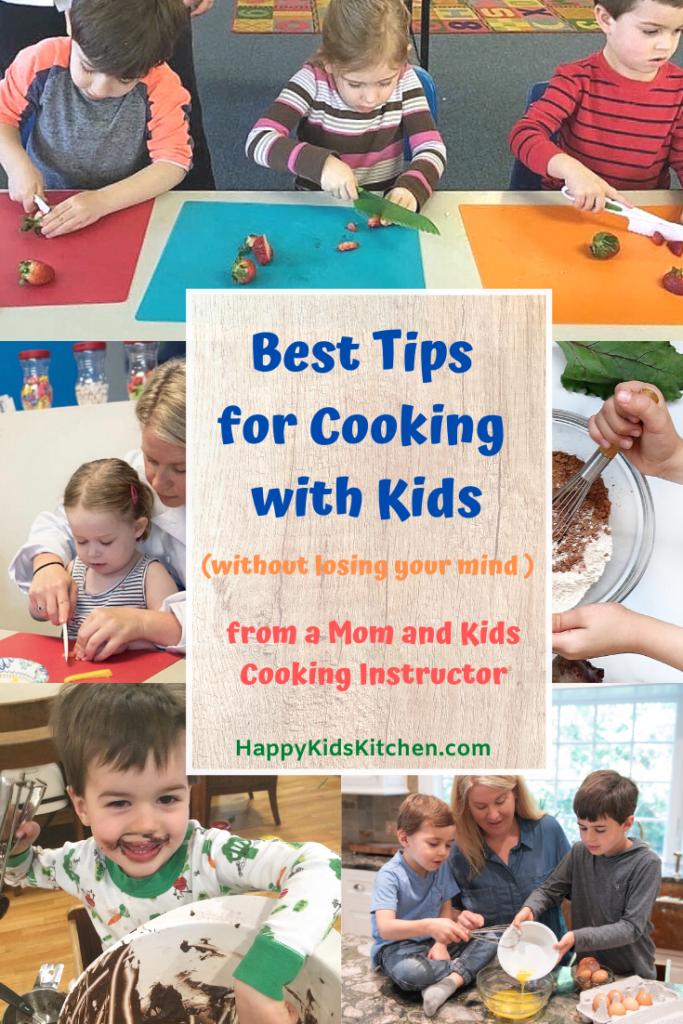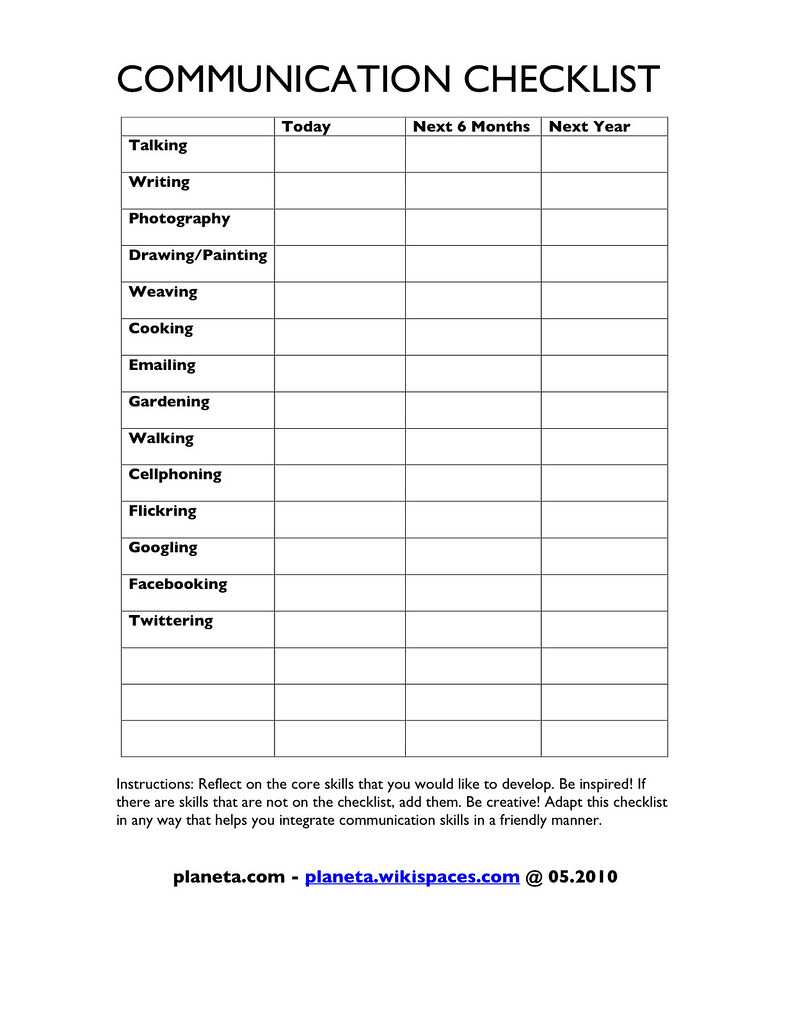
Your children should be able create a simple but effective list of cooking skills. These skills cover everything from creating creative recipes to making sure the kitchen is safe. These tips will help you instill these valuable skills in your children. Here's a sample list:
Check out these essential culinary skills
A strong culinary education is not enough. Aspiring chefs must also be able to cook properly. These skills include understanding how to prepare food, determine freshness, and convert standard recipes into larger batches. A chef needs to be skilled in time management and an excellent sense of smell, taste, and smell. Furthermore, they should be capable of properly handling knives and food equipment.
Sauteing is a versatile technique that can be used with a variety ingredients. Lightly sauteed vegetables and shrimp in garlic butter are particularly delicious. Braising is the oldest of cooking methods and usually involves boiling on an open fire. It is a fairly basic skill, but is still very useful. A good cook is someone who can boil a food. It is important to be able to use a knife safely.
Creative recipes
Creative recipes are key to success in cooking. They are a way to show off your creativity and skills. Divergent thinking is also known as creative thinking. It allows you to think outside the box to come up with innovative ideas. This is an important skill for a cooking career, because it allows you to experiment with different flavors and cooking techniques and impress your customers. Employers will appreciate your creative thinking and the ability to create new recipes. Experiment with new flavors and ideas for menus. Find creative ways to increase your creativity through brainstorming and research.

The problem with cooking skills is their inconsistent definitions. The authors are not able to agree on which skill is more important. However, they do agree that it should be redefined. The authors argue that the definitions of skills should evolve from the "Golden Age", when basic cooking skills were not sufficient. To create an increasingly healthy and vibrant future for food, we must support the evolution of these skills and their use.
A safe kitchen environment
You must create a safe environment for staff in commercial kitchens. The kitchen can be a potentially dangerous place with electrical appliances, bacteria, and an open fire in the oven. The first steps are to develop a plan and purchase safety equipment. Keep children under control in the kitchen. Properly training employees and implementing a safety plan can go a long way to preventing accidents.
Kitchen staff need to be trained in fire safety and fire-resistance. You can get fire-safety training through your local fire department. Kitchen staff should know where fire blankets and fire extinguishers are, how to operate them, and how to manually initiate the fire-suppression system. If necessary, training should be given to employees in CPR as well as first aid. Kitchens should always have non-slip flooring.
Identification of food safety hazards
You must identify food safety hazards before you prepare any meal, or cater for special occasions. It is crucial to identify potential hazards in food safety. This can help avoid food poisoning outbreaks or product recalls. Failure to do so could result in brand damage or regulatory action. Food businesses must adhere to Codex HACCP. Identifying hazards is an essential requirement.

There are many hazards that could be dangerous for humans. They can be from people, plants, packaging, or both. Different physical hazards have different probability of causing disease or injury. These hazards don't have to be necessarily dangerous. They just need to be eliminated. To identify potential hazards, determine the source of the danger and how to reduce it. You can also examine the product to determine the source.
FAQ
Do I need to buy any ingredients to cook?
You don't have to buy all ingredients. Premade sauces can be found in most grocery stores. If you are looking to save money, premade meals may be a good option.
Which is the best method to store leftovers?
Tupperware containers are a good choice for leftovers. These containers keep foods fresh and prevent odors from forming. These containers keep food warm for longer periods of time. Remaining food can be frozen in freezer bag. When freezing food, place the bag inside another freezer bag so that air doesn't escape. Once food has been frozen properly, seal it with a ziplock bag.
What is the cost to study culinary arts?
You will find that the price to study culinary arts is variable. A four year degree is typically around $40,000. A two-year associate degree, on the other hand may cost less than $5,000. The tuition rate you choose depends on the program. Prices for tuition are higher in private institutions than they are for public ones.
What should a beginner chef learn?
For beginners, it is best to begin with something simple like pasta, rice or soup. For those who want to learn how cook, a recipe book is a good option. Cooking with friends is much more enjoyable. You can cook together as a family or with friends.
Statistics
- On average, chefs earn $58,740 a year, according to the BLS. - learnhowtobecome.org
- under 10 Kids have been taught that there is special food just for them, and Fiese says that 10 percent of kids will throw a tantrum if they don't get the food they want. (washingtonpost.com)
- You'll be amazed that over 90% of CIA students receive scholarships and grants to finish their culinary studies. (ischoolconnect.com)
External Links
How To
How to cook a Steak
The thickness of the meat determines the best cooking method. Thicker steaks cook best at low heat. Thicker steaks require higher temperatures.
It's important to not overcook the steaks as they will lose their taste. And remember always to remove the steak from the pan when it's done - this way, you won't burn yourself.
The size and desired doneness of the steak will affect the cooking time. Here are some general guidelines:
Medium Rare: Cook until medium-rare, which is when the internal temperature reaches at least 145degF (63degC). This takes between 3 and 5 minutes per side.
Medium: Cook the meat until it reaches 160°F (71°C). This normally takes around 6 minutes per side.
Cook well until done. That means that the internal temp reaches 180degF (82degC). This normally takes 8 to 12 minutes per side.